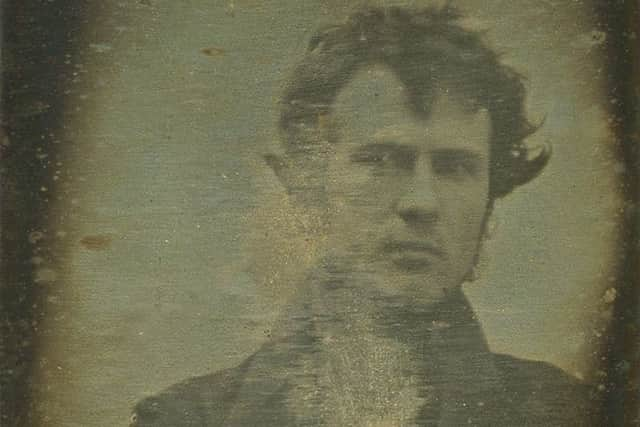Why our love of selfies puts us in arm's way


His primitive photograph of himself was the world’s first selfie – and yesterday our obsession with the narcissistic, 21st century variant was declared officially to be a medical condition.
It has been termed selfitis, a word first coined three years ago in a spoof news article. But researchers now say it’s no joke, and have produced a “selfitis behaviour scale” to assess the condition.
Advertisement
Hide AdAdvertisement
Hide Ad“While the story was revealed to be a hoax, it didn’t mean that the condition of selfitis didn’t exist,” said Dr Mark Griffiths of Nottingham Trent University’s psychology department.


Cornelius had taken his historic self-portrait in Philadelphia, using the Daguerreotype process brought to America from Europe by Samuel Morse, inventor of the telegraph.
The only difference between that picture and the present-day arm’s-length selfie, an expert in Yorkshire said last night, was that Cornlius had to use both hands and to sit still for 15 minutes.
The advent of cameras with front-facing lenses, and of social media sites on which to share pictures instantly, is behind the explosion in self-portraiture in the last decade – but, said Dr Geoff Belknap, curator of photography at the National Science and Media Museum in Bradford, it is a practice as old as photography itself.
Advertisement
Hide AdAdvertisement
Hide Ad“Whether or not there is a psychological disorder that’s associated with these things is quite separate from the actual technology,” he said. “If there is a disorder, the technology just enables it – it doesn’t create it.”


Researcher Dr Janarthanan Balakrishnan said those afflicted by selfitis typically suffered from a lack of self-confidence and were seeking to fit in with those around them.
“Now the existence of the condition appears to have been confirmed, it is hoped that further research will be carried out to understand more about how and why people develop this potentially obsessive behaviour, and what can be done to help people who are most affected,” he added.
But Dr Belknap suggested that many amateur photographers chose to place themselves in the frame because they were concerned with accuracy, not infatuation.
Advertisement
Hide AdAdvertisement
Hide Ad“There’s a belief that if the subject is in the shot, the picture is more trustworthy,” he said.
The Selfitis Behaviour Scale is measured by asking people whether they identify with a series of statements, including, “I take more selfies and look at them privately to increase my confidence” and “I post frequent selfies to get more ‘likes’ and comments on social media.”
Dr Belknap said: “The history of photography has many of these explosions of technology.”